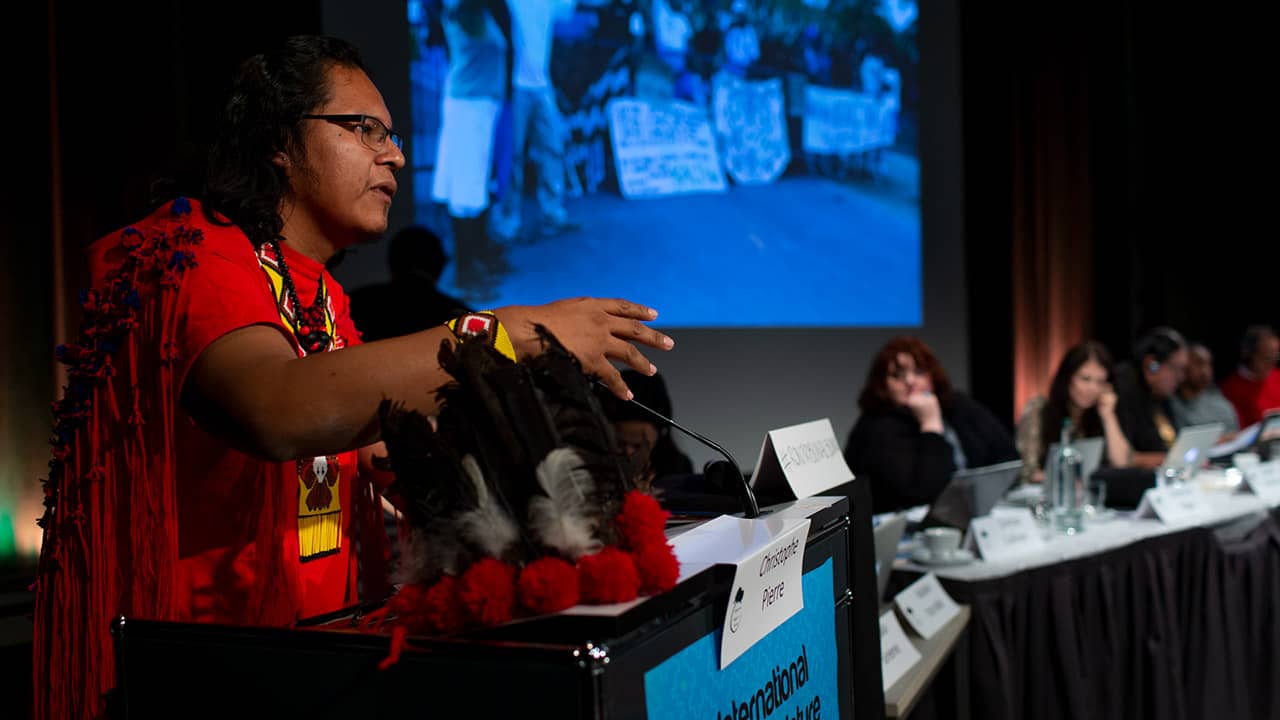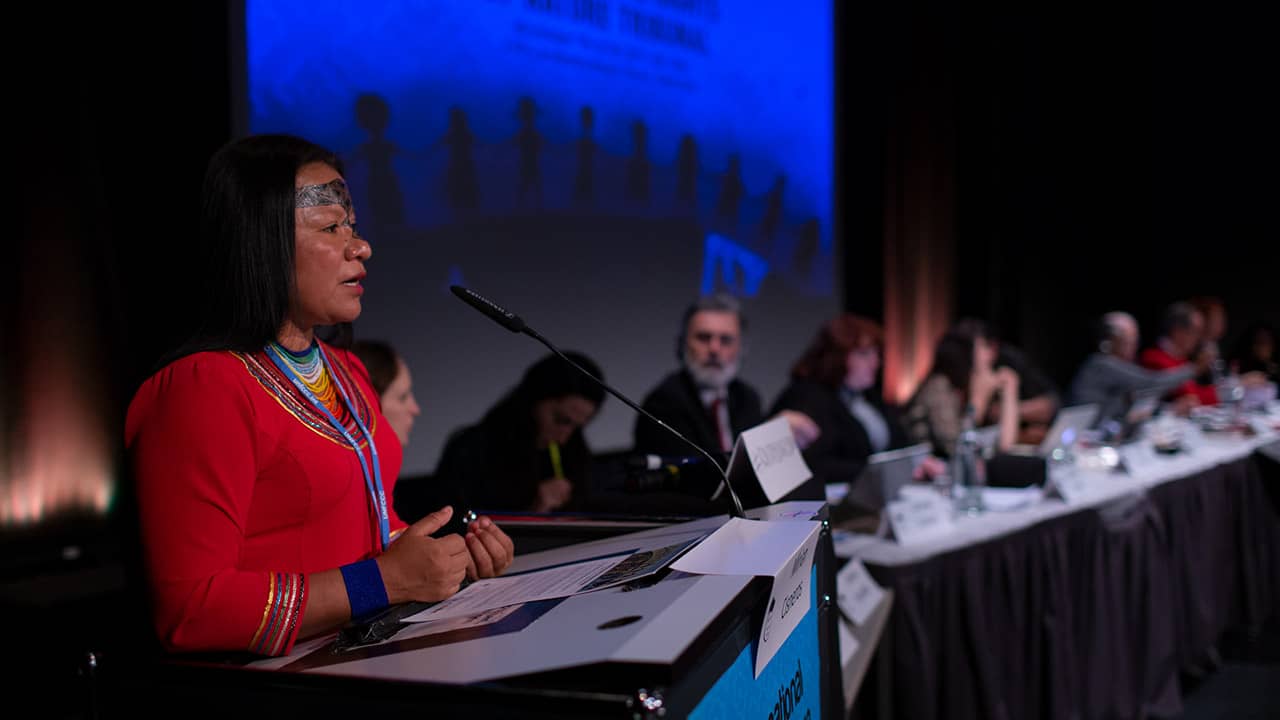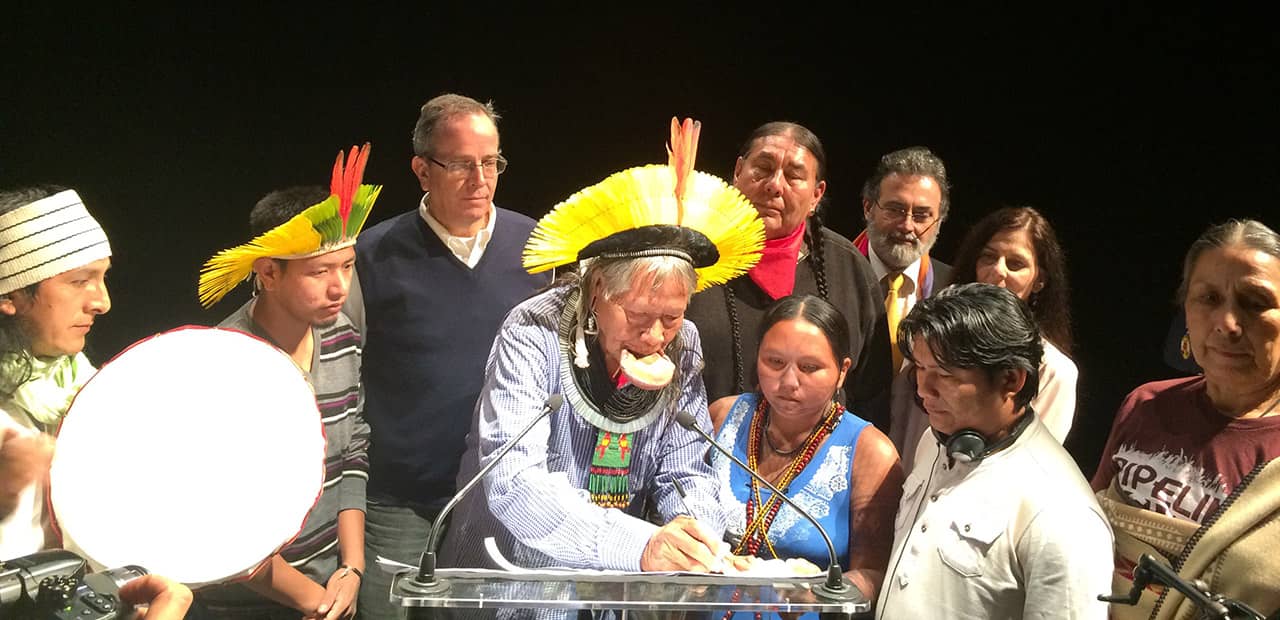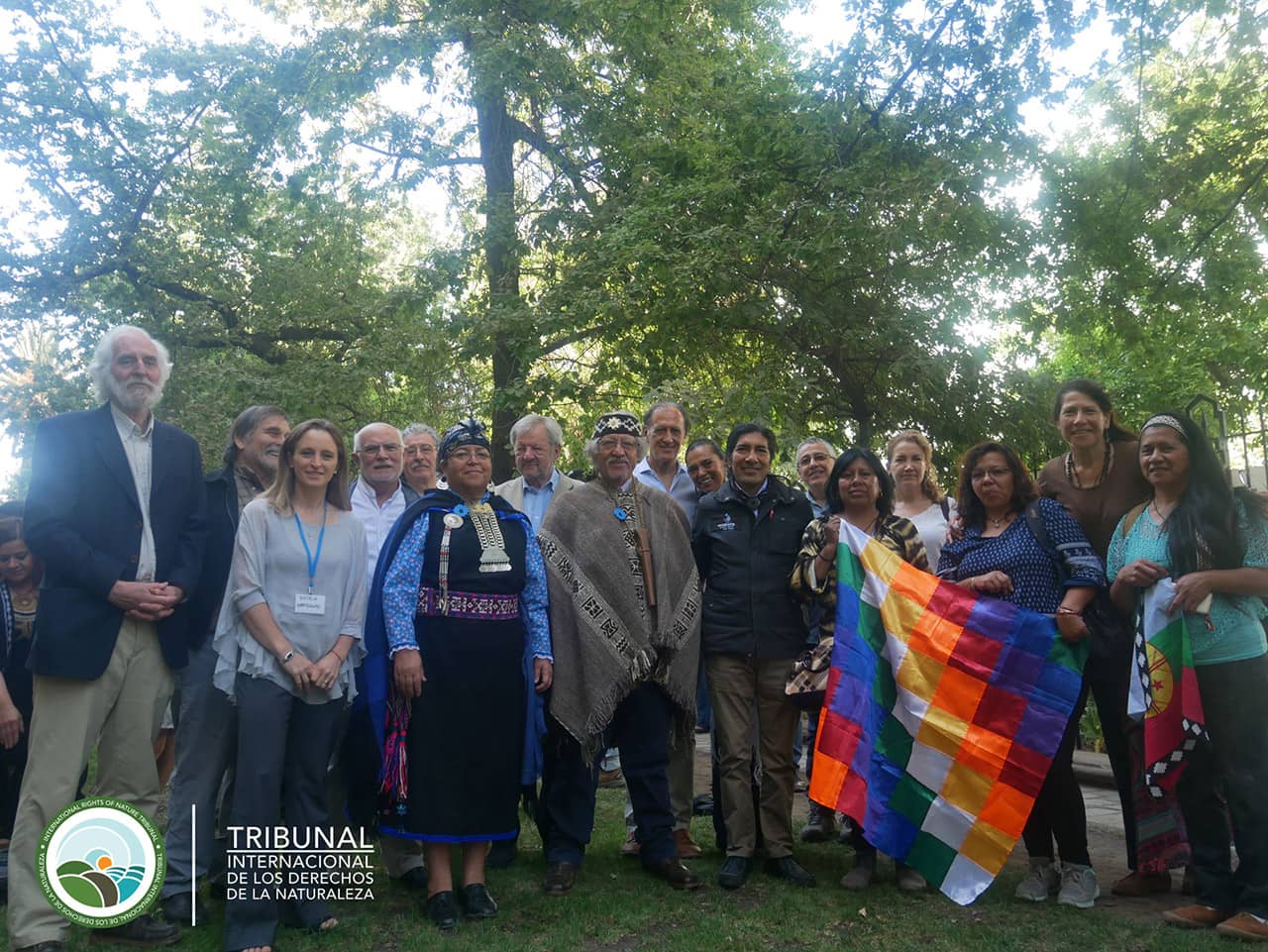RIGHTS OF NATURE
Spurred by the World People’s Conference on Climate Change and the Rights of Mother Earth that took place in Cochabamba, Bolivia in 2009 and on the basis of the Universal Declaration on the Rights of Mother Earth thereby adopted, social movements, communities and academics have started to develop and implement legal instruments for the recognition of the rights of Nature, the so-called Earth Jurisprudence.
Building up on the unprecedented inclusion of the Rights of Nature in the Ecuadorian Constitution and in Bolivian legal systems, and of legal actions seeking the recognition of legal personhood of endangered ecosystems, a global movement has been taking shape. First in New Zealand with the Whanganui river, and in Ecuador with the Vilcabamba river, as well as in Colombia first with Atrato river or in Bangladesh and India with the Yamuna and Ganges rivers and watersheds, have been granted legal personhood or have been recognized as living beings with their own rights, and the number is constantly growing. Furthermore a The Universal Declaration on the Rights of Rivers was also developed, and global coalitions such as the GARN (Global Alliance on the Rights of Nature) been established.
The International Tribunal on the Rights of Nature, was established by GARN and has been analyzing many cases related to ecosystems at risk and their rights, in its sessions this far. Still, it is with rivers and their rights that the drive to develop systems of law, and new categories or rights, that complement the traditional anthropocentric human rights systems with a more biocentric approach, has been spearheaded.
All photos International Tribunal on the Rights of Nature

BONN TRIBUNAL 2017

BONN TRIBUNAL 2017

CHILE TRIBUNAL 2019

CHILE TRIBUNAL 2019